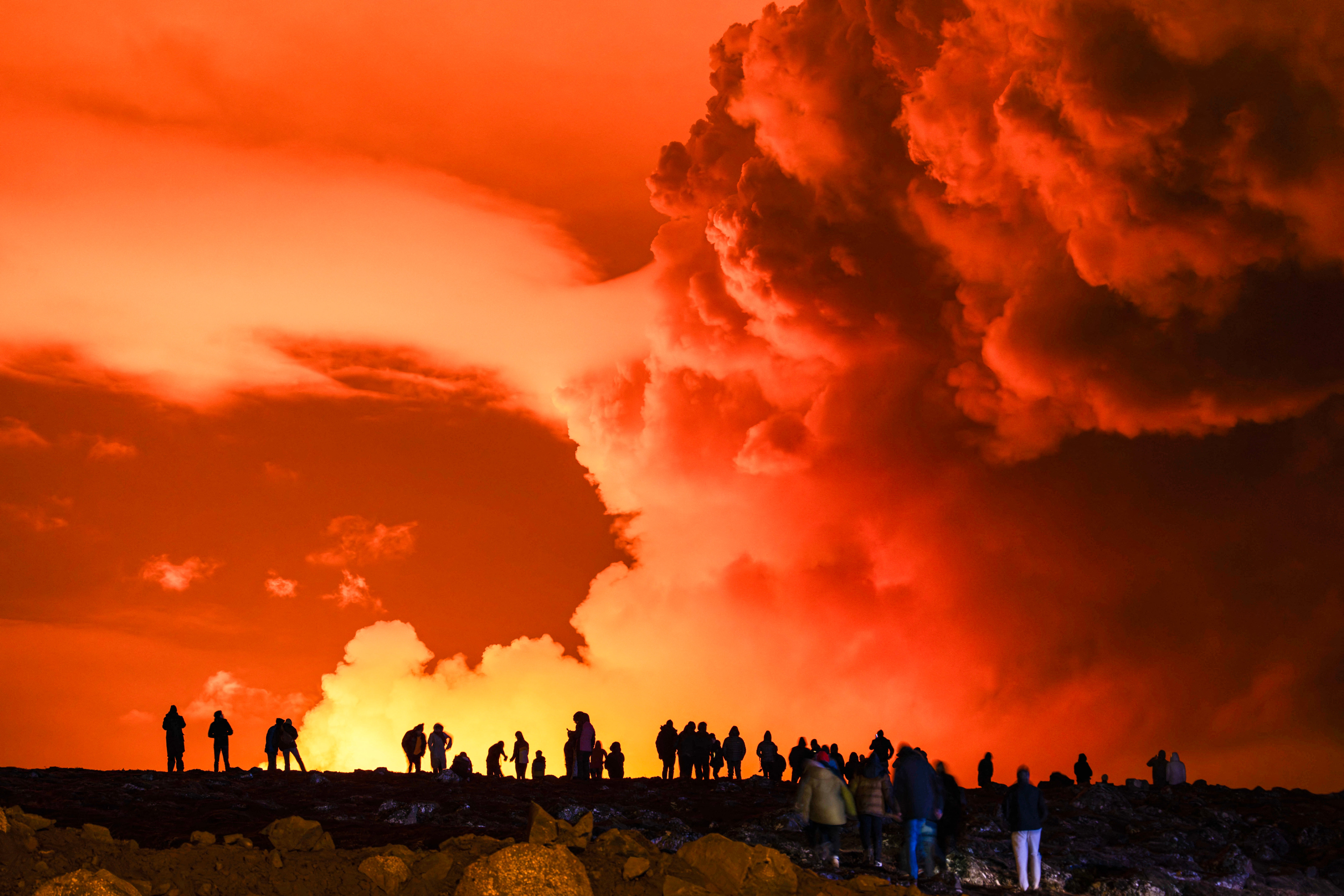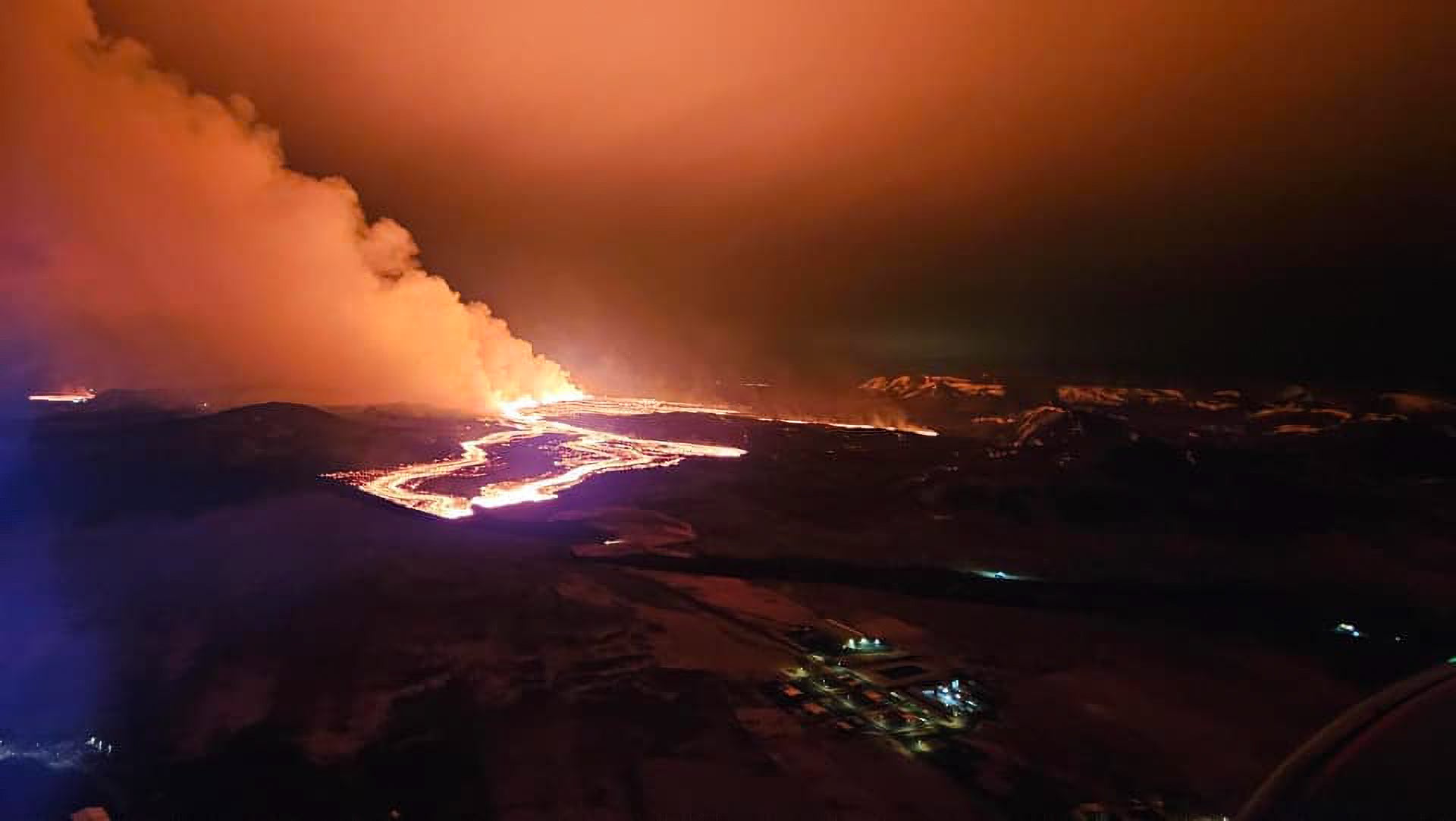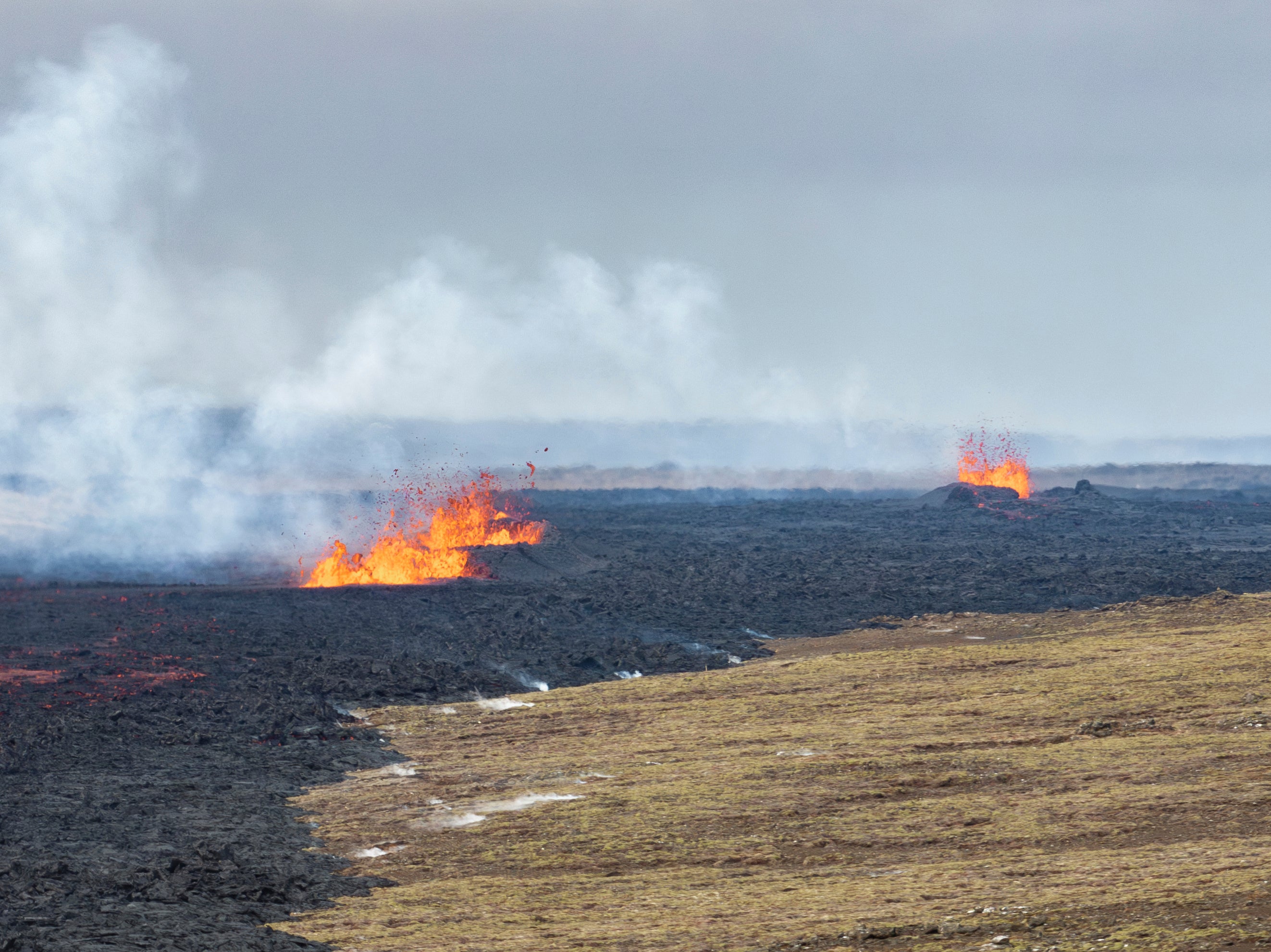Iceland volcano continues to spew out lava and smoke as authorities give update
Man-made barriers have been successful in steering the lava away from infrastructure

Your support helps us to tell the story
From reproductive rights to climate change to Big Tech, The Independent is on the ground when the story is developing. Whether it's investigating the financials of Elon Musk's pro-Trump PAC or producing our latest documentary, 'The A Word', which shines a light on the American women fighting for reproductive rights, we know how important it is to parse out the facts from the messaging.
At such a critical moment in US history, we need reporters on the ground. Your donation allows us to keep sending journalists to speak to both sides of the story.
The Independent is trusted by Americans across the entire political spectrum. And unlike many other quality news outlets, we choose not to lock Americans out of our reporting and analysis with paywalls. We believe quality journalism should be available to everyone, paid for by those who can afford it.
Your support makes all the difference.A volcano in Iceland that erupted on Saturday for the fourth time since December was still spewing smoke and bright orange lava into the air on Monday, although infrastructure and a nearby fishing town are safe for now, authorities said.
Magma had been accumulating underground on the Reykjanes peninsula near Iceland’s capital Reykjavik since the last eruption in February, prompting authorities to warn of an imminent eruption.
The warning time late on Saturday was only 15 minutes before fountains of molten rock began soaring from a 3km-long (1.9 mile) fissure, roughly the same size and at the same place as the previous eruption.
Around noon on Monday, lava flows had subsided in one of the three areas that had been active the previous day, the Icelandic Meteorological Office said in a statement.

Man-made barriers have been successful in steering the lava away from infrastructure, including the Svartsengi geothermal power plant and Grindavik, a fishing town of some 4,000 residents.
Footage from public broadcaster RUV showed lava flowing a few hundred metres from the town, which was evacuated during an eruption in November and again during another one in February.

“The defences at Grindavik proved their value ... they have guided the lava flow in the intended direction,” local utility company HS Orka said, adding that infrastructure running to the Svartsengi power plant was intact.
Over the weekend, lava flowed over one of the three roads going into Grindavik, and on Monday, it inched south towards another road into the town.

The lava looked unlikely to reach the sea, the Icelandic Meteorological Office said. Strong winds carried hazardous gases from the volcano towards the northwest, but these were unlikely to reach Reykjavik, it added.
Reykjavik’s Keflavik airport said it remained fully operational.
The eruption was the seventh on the Reykjanes peninsula since 2021, when geological systems that had lain dormant for around 800 years again became active.
Join our commenting forum
Join thought-provoking conversations, follow other Independent readers and see their replies
Comments